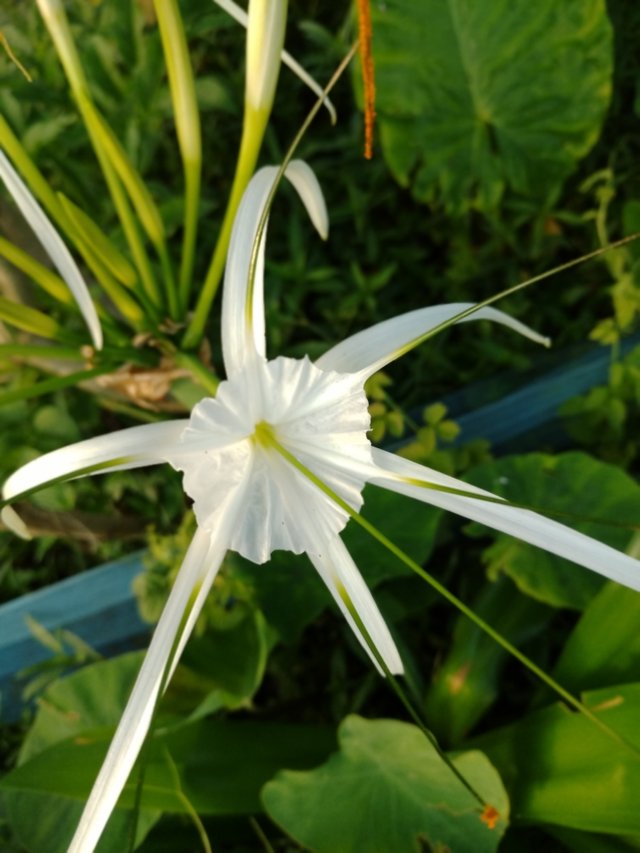Farmer Information
Climate:
Gladiolus can be grown in any type of fertile soil, but well-drained loamy and sandy loamy soils are ideal for cultivation. The pH value of the soil should be between 7-8. This flower grows well in cold soil conditions. Usually 15-20 degrees Celsius. Suitable for growth at temperature and flower production. Gladiolus prefers 8-10 hours of light per day. So sunny places and places with wind protection should be selected for this flower cultivation.
Caste:
Bangladesh Agricultural Research Institute has developed Bari Gladiolus-1, Bari Gladiolus-2 and Bari Gladiolus-3 varieties of gladiolus flowers. These varieties are suitable for cultivation in all parts of our country.
Propagation:
Gladiolus can be propagated by seeds, seeds and caramel. Karam is generally planted for cultivation. It is better to use 4-5 cm diameter karam.
Land preparation and fertilizer application
The best time to cultivate gladiolus is October-November. At this time it is necessary to prepare the land by cultivating it well and scraping the soil with a ladder. Gladiolus cultivation usually requires 5-6 kg of decomposed dung or organic manure, 10 g urea, 30 g TSP and 30 g MOP fertilizer per square meter. TSP, MOP and dung manure should be mixed in the soil during the last cultivation. Half of urea fertilizer should be applied 20-25 days after planting and the other half after flowering.
Karam planting: If seeds are soaked for 12 hours before planting, germination is accelerated. The seeds should be soaked in Dithene-M45 (mixed in 10 liters of water at the rate of 30-35 gm) in the shade to cure the disease. Planting should be done at a distance of 20 cm from row to row and 15 cm from tree to tree at a depth of 5-6 cm.
Interim care
The land should be kept free from weeds. Irrigation should be given as required in dry season. After each irrigation, Joe has to loosen the land with a hoe. Irrigation should be given after the first application of urea fertilizer and the soil in the middle of the two rows should be loosened at the base of the tree. It is necessary to pull small poles or plastic ropes to protect the tree from falling in the wind. Seed blight in gladiolus infects the leaves and flowers, and the stems and roots rot due to the infestation of Phygerium rot. For both diseases, Bevistin (.2%) or Dithene M45 should be sprayed every 15 days. For insects need to spray raisins or parhethion.
Flower collection:
Usually 1-2 petals bloom from the bottom of the spike to collect flowers. Immediately after collection of flowers, it is better to immerse the bucket in water and store it at low temperature (6-7 degrees). When cutting the spike, 4-5 leaves should be placed at the base of the tree, then the karma will be nourished.
Karam collection and preservation
Karam is usually harvested in March-April. When the flowering ends, the leaves turn yellow and the tree dies. At this time the roots are carefully collected by digging the roots of the tree. Care should be taken so that the karma is not cut or injured. After collecting the karam, big and small karam should be selected and dried in the shade. Prior to storage, the seeds should be purified and dried for 30 minutes in 0.1% Benlet or 0.2% Captan solution. Then the karmas should be packed in perforated polythene bags and stored in a cool and cool place in the house.

Congratulations, your post has been upvoted by @dsc-r2cornell, which is the curating account for @R2cornell's Discord Community.